Overlanding takes off-road exploration and camping to new levels as adventurers travel through remote wilderness routes that make completing the journey the primary purpose of the trip. Few things are as adventurous as overlanding, so it’s no wonder the activity has grown rapidly in North America over the past few years. Curious how to get started?
Typically, overland travelers use off-road-capable vehicles with camping capability. The most hardcore trips can last for months or even years and span international boundaries. It can be an incredibly difficult yet rewarding experience, as self-reliance and problem-solving figure heavily into the success of every trip.
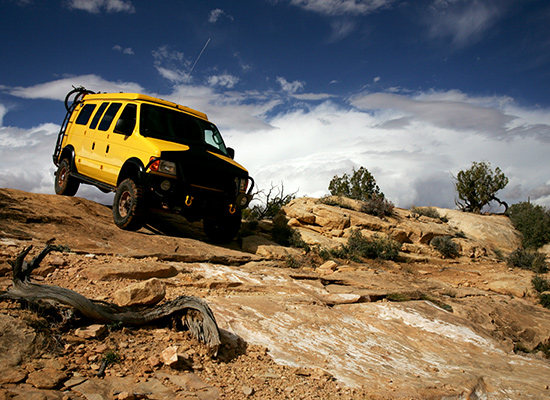
Self-reliance is key
Unlike a wilderness camping destination like Grand Canyon National Park in Arizona or Moab, Utah, overlanding usually involves long-distance travel to remote places where self-reliance is essential. Overlanding may involve a variety of natural obstacles, requiring recovery skills and equipment for rock crawling, river crossings, mud runs and open desert sand. Embarking on a remote journey requires preparation to handle any issues that arise, including obstacles, harsh weather, vehicle repairs and even personal injury.
Some diehard overlanders insist on being off-grid and venturing into the truly unknown for days, weeks, months and even years at a time. Some reasons overlanders choose this type of vacation include the spirit of adventure, discovery, experience, solitude, perspective and understanding of the natural world. Remote exploration also helps build resilience, mental toughness, and problem solving and survival skills.

Growth of overlanding
Motorized overlanding originated with the very first motor vehicles in the late 1800s, when there were no paved roads and established routes for long-distance travel were traversed primarily by foot or horse. By the mid-1940s, overlanding began to take on a different meaning and became a recreational activity.
Recreational overland travel has been popular worldwide for decades, and the United States offers incredible opportunities thanks to the prevalence of public open space managed by the U.S. Forest Service, National Park Service and Bureau of Land Management as well as by individual state agencies.
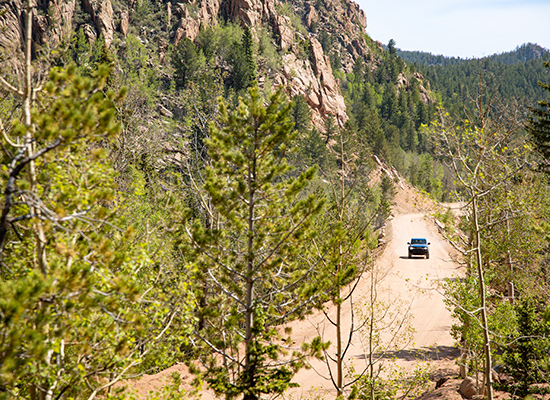
There is no accurate data on how many overlanders there are in North America, but the information available points to rampant growth. For example, growth of Overland Expo* attendance and the Expedition Overland* YouTube* channel has been rapid. That was already true before the pandemic, but COVID forced more people outdoors, igniting the trend.
In 2015, there were roughly 7,000 attendees of Overland Expo at its two locations. Flash forward to 2022 and Overland Expo drew 77,000 attendees across four regional events with more than 1,300 exhibitors.
The Expedition Overland YouTube channel has seen a similar meteoric rise. Launched in 2011, the channel has since grown to more than 350,000 followers with the most popular videos reaching over 1 million views.
The auto industry is taking notice, too. For instance, the SEMA Show* added an Overland Experience section in 2019. GMC* debuted the 2023 Sierra* 1500 AT4X AEV Edition* at the 2022 Overland Expo: Pacific Northwest. Then, GMC followed up by using Overland Expo: Mountain West to debut its all-new midsize Canyon* pickup. Potential Motors* showed its new pure-electric concept at Overland Expo: East and INEOS Automotive* hosted the debut of the new Grenadier* prototype. Ford* has also taken the new Bronco* to Overland Expo for test drives.
Who are overlanders?
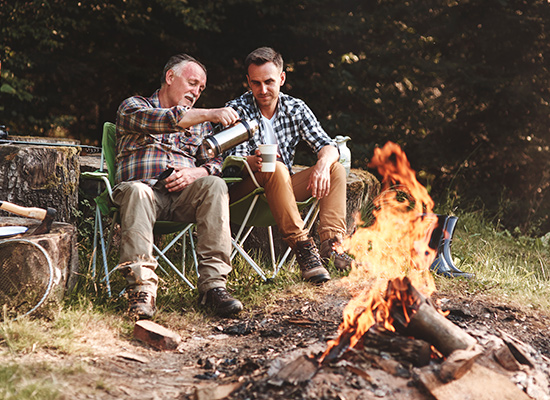
Rather than discovering overlanding through off-roading, many travelers come to off-road overlanding through a desire to explore further and access more remote places. Newcomers may start with more common off-road vehicle modifications, such as wheel, tire and suspension upgrades. Eventually they may add creature comforts like a rooftop tent to enable longer trips. Whatever gear they buy, the purchasing decisions are deliberate and well-researched.
While overlanding is strongly associated with the truck and off-road vehicle segment, it is a unique and evolving space that encompasses a dynamic mix of people. Overlanders might identify as campers, explorers, adventurers or nomads. Their hobbies often include photography or videography, hunting and shooting, fishing, birdwatching, kayaking, climbing, biking and hiking.
According to Overland Expo market research, demographics skew toward high-earning professionals who travel frequently and spend time and money learning outdoor skills and purchasing equipment. They are typically old enough to be established and young enough to crave adventure. Over half are between 25 and 55 years old, 15% are between 25 and 34 years old and 20% are 55 to 64 years old.
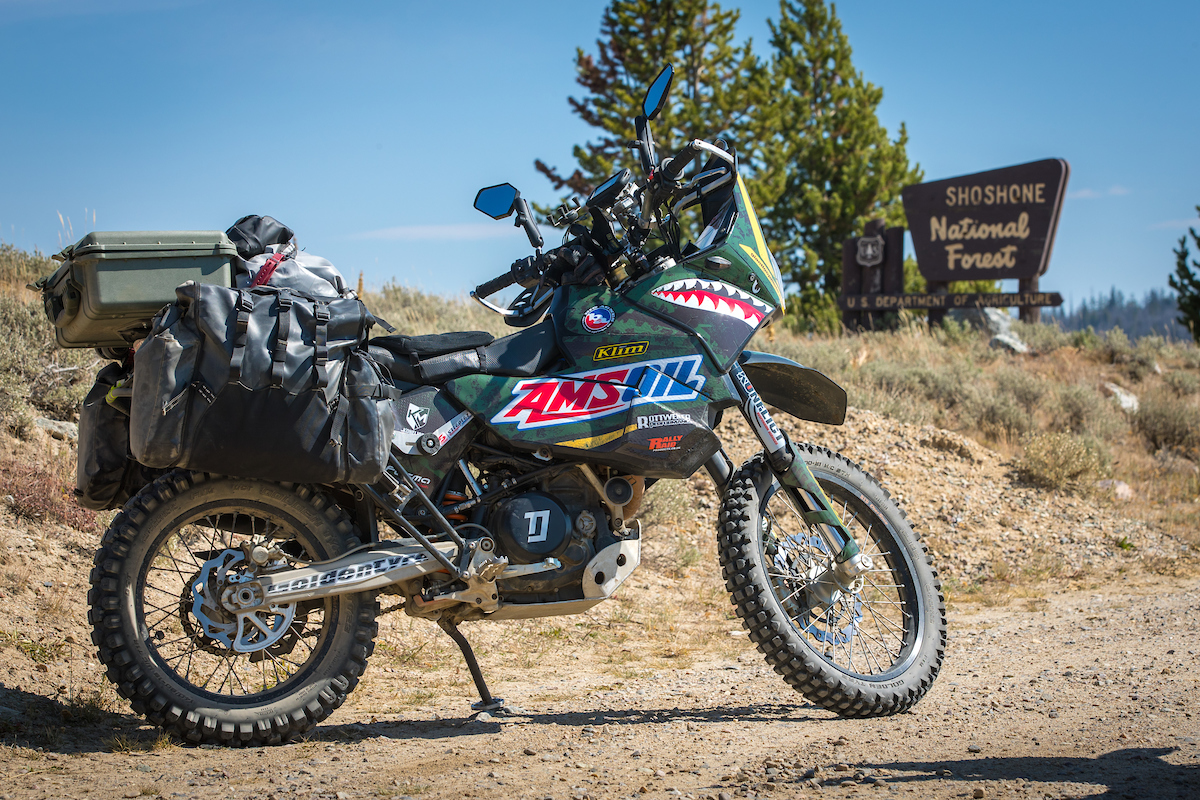
Overlanding vehicles
The perfect overlanding rig depends on the route and the person. Many overlanders will tell you the perfect vehicle is the one already parked in your driveway – you have to start somewhere. SUVs, trucks, crossovers, vans and motorcycles can all be used effectively.
Depending on budget, you might start with a dual-sport motorcycle, a high-mileage all-wheel-drive Subaru,* a pickup truck with a slide-in camper, an SUV with a towable off-road camper, a diesel 4×4 Mercedes* Sprinter* converted into a camper van, or a custom-built rig based on a heavy-duty commercial truck or military vehicle chassis.
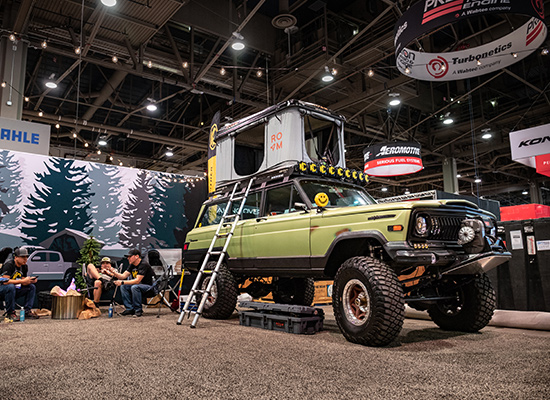
Some popular overlanding models include the Toyota* Land Cruiser* and Tacoma,* several Jeep* models, Land Rover* Defender,* Ford* Econoline* and Transit* vans and many mid- to full-size 4×4 trucks. Here are some broad considerations overlanders use for choosing an ideal vehicle:
Capability – A more capable vehicle allows you to explore more rugged routes. However, you can explore thousands of miles of U.S. Forest Service (USFS) roads, Bureau of Land Management (BLM) lands and gravel backroads without a suspension lift and air-intake snorkel.
Reliability – Make sure your vehicle is in good mechanical shape before you venture.
Parts availability – If you’re overlanding in North America, you’re far more likely to find needed replacement parts for a Ford or Chevy* than a Mercedes.
Size – Depending on the route, large vehicles can be difficult to fit through narrow rock formations or tree-lined trails to get to the most remote destinations.
Fuel economy – The more fuel you burn, the more fuel you must carry and the more expensive your travels will be.
Gear storage and sleeping – Keeping dust and water off your gear is a good idea, as is having a warm, dry and safe place to sleep. Security can be a concern in a few remote areas. There are many valid approaches to comfort and safety depending on your route and personal needs.

Vehicle preparation & maintenance
Overlanders can’t rely on a tow truck when they have a mechanical issue, so proactive vehicle and gear inspections and maintenance are central to the activity. Before you go, be sure to review the following:
- Inspect under your vehicle for drips, loose brackets and failing rubber components, including CV boots.
- Check hoses for stiffness, cracks, fatigue and missing clamps.
- Check battery charge levels and that terminals are tight and free of corrosion.
- Check all lug nuts and ball joints.
- Check all systems, including lights, pumps, heater, air lockers and winch.
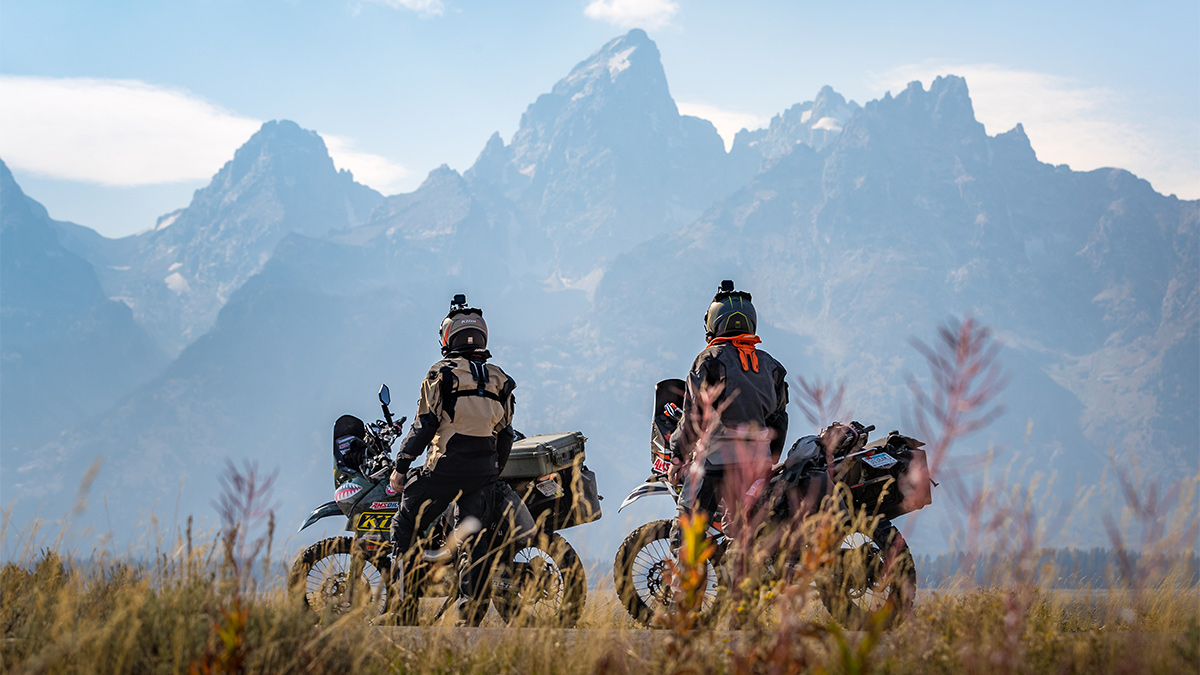


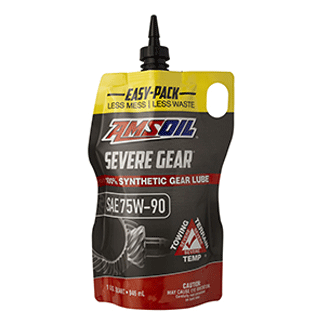
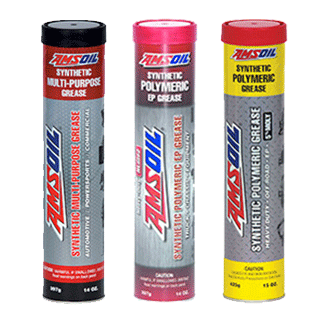

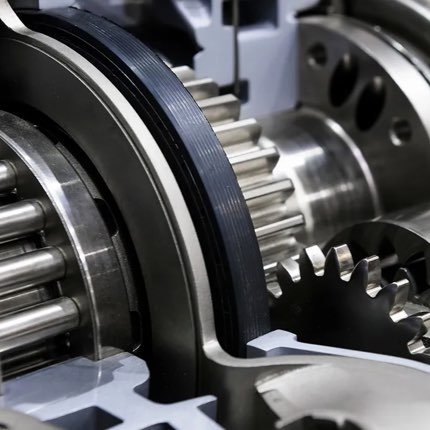
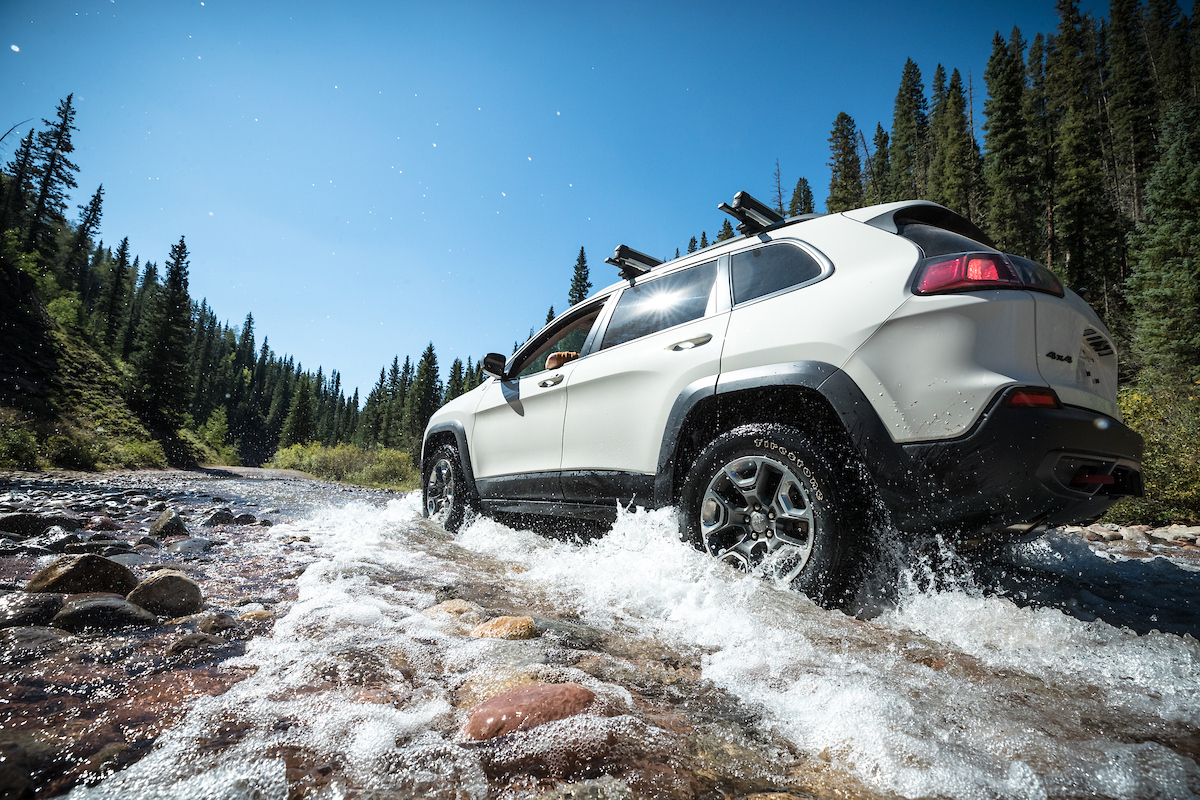

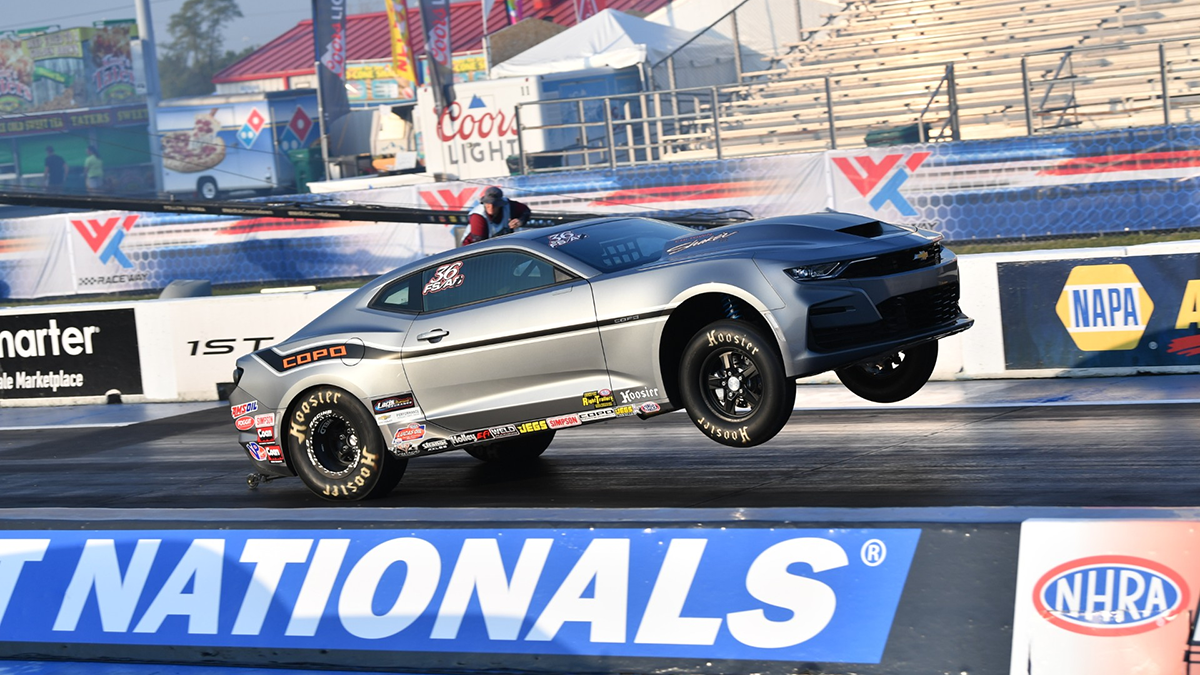
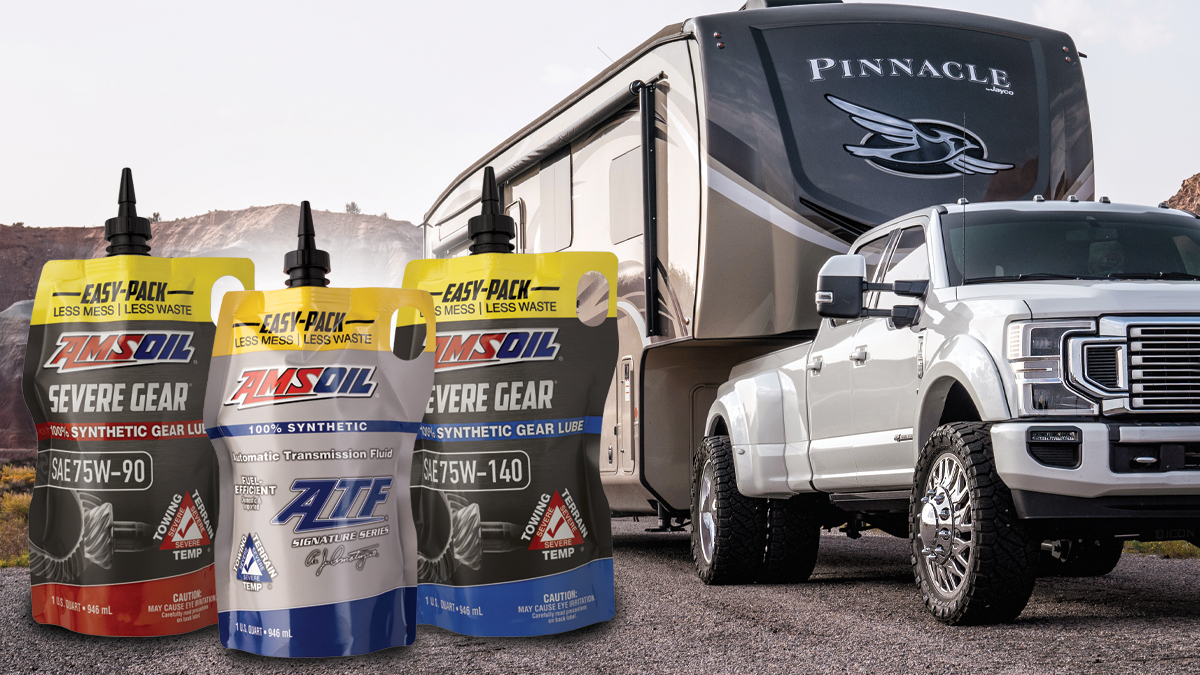

Comments
Brad Nelson is a staff writer for AMSOIL. Outside of work he enjoys family adventures, wilderness exploration and riding/wrenching on vintage metric motorcycles.
Share: